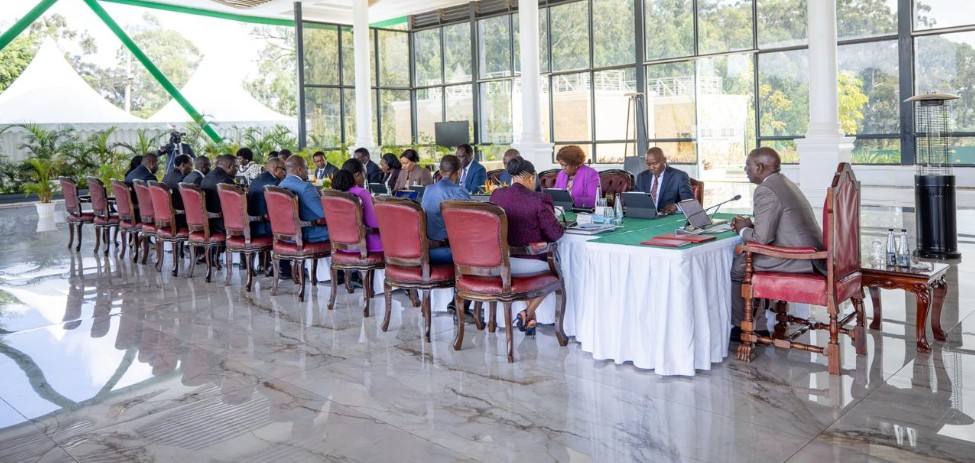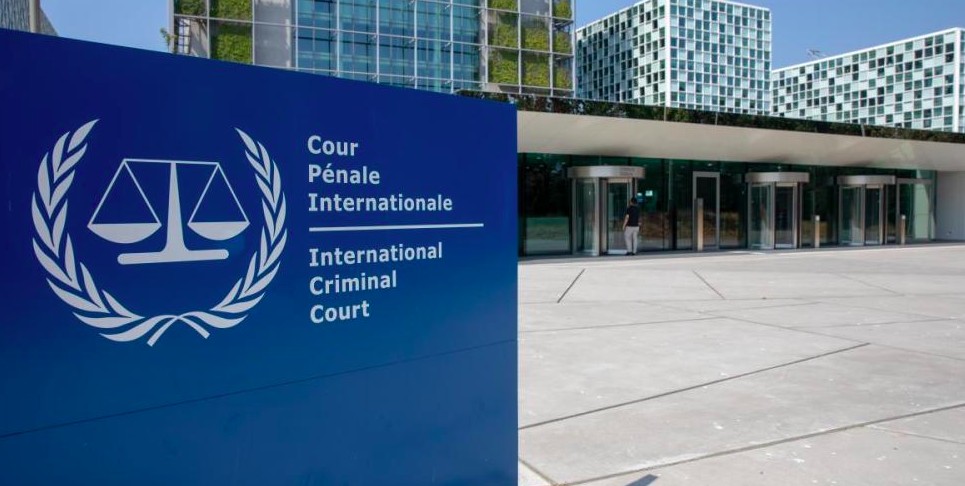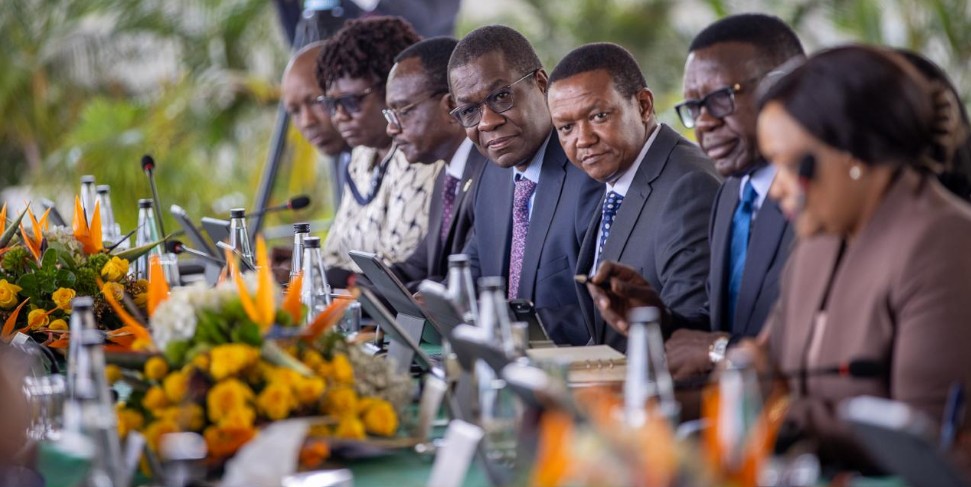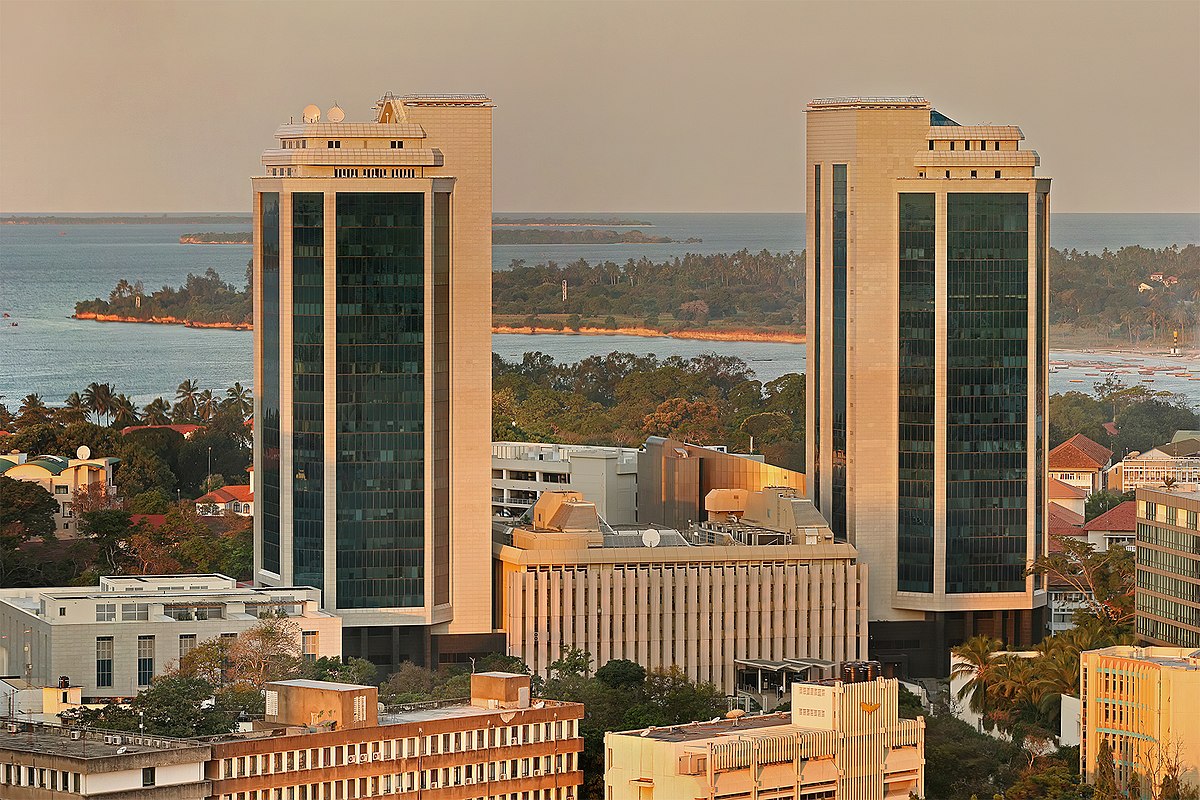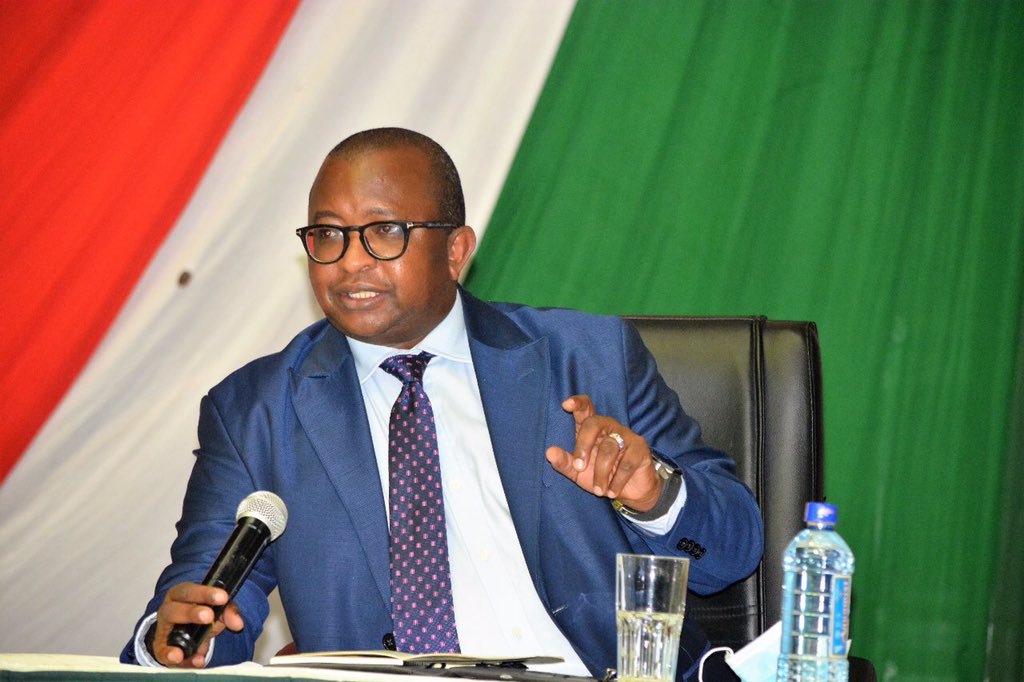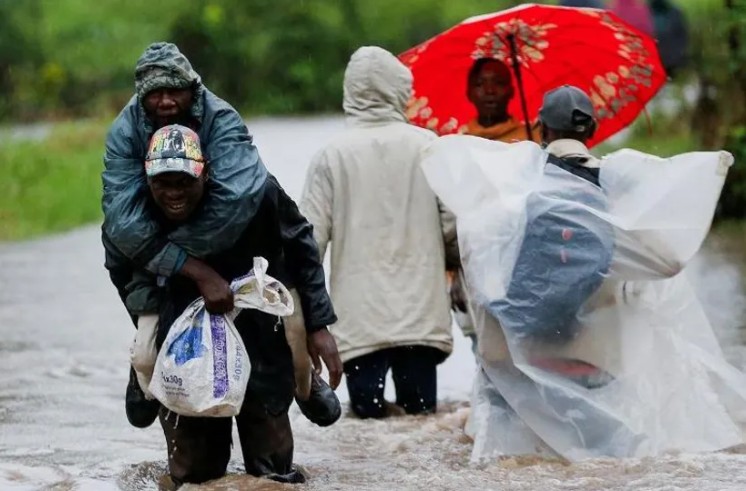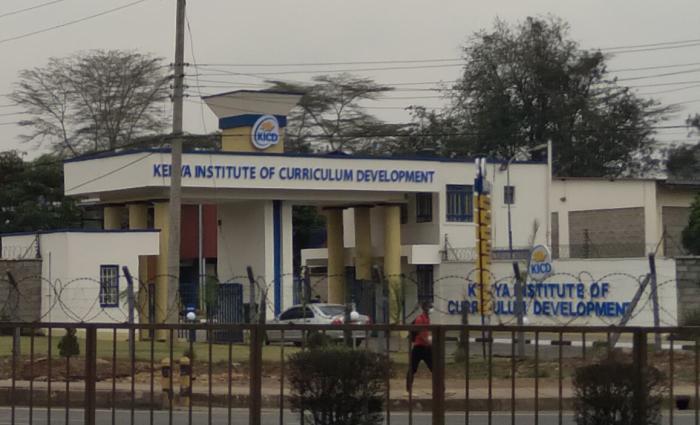Kenya’s public universities drowning in debt as crisis worsens
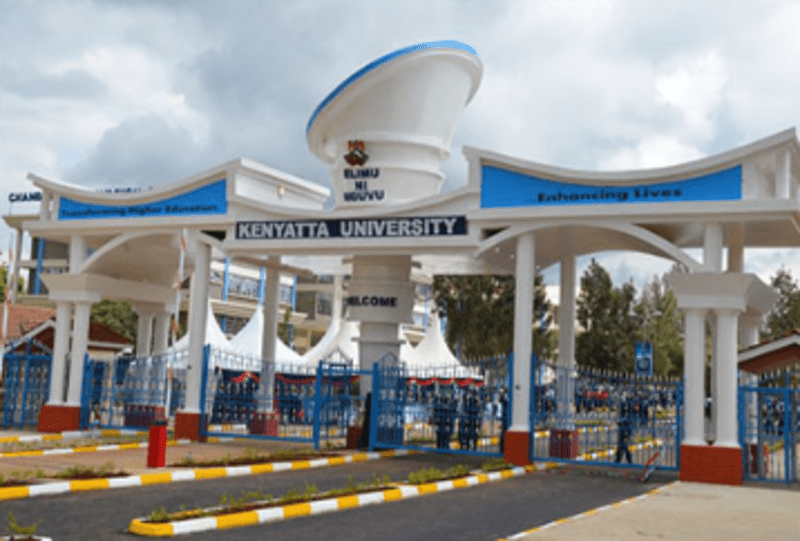
Among the biggest debtors are Kenyatta University, which owes Sh12.38 billion, the University of Nairobi with Sh12.22 billion, and Jomo Kenyatta University of Agriculture and Technology, whose debt stands at Sh9.13 billion.
Kenya’s public universities are in deep financial trouble, weighed down by rising debts, reduced government support, and internal inefficiencies that have crippled their operations.
Across the country, institutions that once stood as strongholds of academic excellence are struggling to remain open, with learning disrupted, staff unpaid, and retrenchments becoming more common.
More To Read
- Renowned Kiswahili scholar Ruo Kimani-Ruo dies, leaving language fraternity in mourning
- UoN lecturers, workers demand implementation of 2017–2021 CBA
- Court asked to halt Kenyatta University VC succession over alleged irregularities
- Second Lady Joyce Kithure calls for tougher action to eliminate lead exposure in Kenya
- KU ranked best university in Kenya in latest global index
- Maraga slams scrapped university funding model as "poorly planned", says government acted without foresight
A recent report by Controller of Budget Margaret Nyakang’o revealed that public universities and national polytechnics are facing an overwhelming debt of Sh67.81 billion.
The figures show that some of Kenya’s largest and most respected universities are at risk of collapsing under the weight of financial mismanagement and chronic underfunding.
Among the biggest debtors are Kenyatta University, which owes Sh12.38 billion, the University of Nairobi with Sh12.22 billion, and Jomo Kenyatta University of Agriculture and Technology, whose debt stands at Sh9.13 billion.
These debts are owed to suppliers, statutory bodies such as NSSF and KRA, pension funds, and contractors, and delays that have hampered day-to-day operations and triggered frequent industrial unrest.
The debts include pending bills for unremitted statutory deductions, unpaid contractor fees, stalled projects, and pension arrears.
The financial weight threatens to cripple learning and research, both of which rely on consistent and adequate funding.
Moi University, once one of the country’s largest institutions, has also seen its financial health deteriorate rapidly.
With a debt of Sh7.83 billion, the university has suffered prolonged strikes, missed salary payments, and was closed for three months following unrest by teaching and non-teaching staff. The government later pledged a Sh2.9 billion bailout to revive the institution.
During a visit to the university, National Assembly Education Committee chair Julius Melly said, “Some Sh300 million will go towards scholarships this October, in addition to Sh217 million disbursed in August.”
He added that additional money would be allocated for tuition and student capitation.
Despite the financial chaos, the government maintains that no university will be allowed to shut down.
Cost-cutting measures
However, many universities have already begun implementing cost-cutting measures. At the heart of these efforts is staff retrenchment, a step that has affected morale and sparked fresh protests.
The Technical University of Kenya (TUK) is the latest institution to admit it cannot meet its wage obligations.
Appearing before the National Assembly’s Public Investment Committee on Education and Governance, TUK Vice Chancellor Benedict Mutua disclosed that the university has not been able to pay full salaries to staff since 2013.
“From 2013, under the former vice chancellor, the staff have not been paid their gross salaries. The money we got could not support gross salaries as well as enable us to pay salaries,” he said.
TUK receives only Sh63.3 million per month against a wage bill of Sh272 million. Statutory deductions, including NSSF, housing levy, health contributions, and SACCO deductions, have not been remitted for years.
The institution, with 1,820 employees serving 14,200 students, has been forced to consider staff rationalisation to stay afloat.
The university’s situation is not unique. Reports by Auditor General Nancy Gathungu consistently show a growing number of public institutions in financial crisis.
The University of Nairobi, Kenyatta University, Egerton University, and Jaramogi Oginga Odinga University are among those flagged for their worsening financial position.
Egerton University in Nakuru, for example, has a debt of Sh7.69 billion. Masinde Muliro University of Science and Technology owes Sh1.25 billion, while Kisii University and Maasai Mara University owe Sh1.04 billion and Sh805.09 million, respectively.
Medium and small-sized institutions have not been spared either. Kibabii University (Sh455.31 million), Meru University of Science and Technology (Sh426.69 million), and Laikipia University (Sh283.60 million) are all in the red.
The University of Kabianga owes Sh466.52 million, and South Eastern Kenya University has pending bills amounting to Sh320.39 million.
Others in crisis include Jaramogi Oginga Odinga University of Science and Technology (Sh215.62 million), Kaimosi Friends University (Sh46.88 million), Karatina University (Sh35.84 million), and Co-operative University of Kenya (Sh86.26 million).
Even newer institutions like Turkana University College and Allupe University are struggling with unpaid bills of Sh10.82 million and Sh16.29 million, respectively.
Despite efforts by the National Assembly to address the crisis, change has been slow. A report by the Parliamentary Committee on Education released in July 2022 warned that public universities were edging towards insolvency.
“The committee has, however, not been able to fully intervene in tackling systemic challenges facing the higher education sector, especially public universities,” the report stated.
“Most of the public universities are in dire need of finances to sustain their operations, and the envisaged university reforms being undertaken have been inordinately slow.
Stakeholders blame the confusion caused by the government’s new student funding model, along with reduced allocation to the institutions.
These factors, coupled with poor management and skyrocketing operational costs, have left universities unable to function efficiently.
To manage the situation, many universities have opted for drastic cuts. Academic programmes have been scaled down, research has slowed, and student services have been affected. In some cases, infrastructure projects have stalled due to unpaid contractors.
The financial pressure has pushed institutions to cut staff, delay payments, and in some cases, shut down operations temporarily. The morale of academic staff is low, and student learning is increasingly disrupted.
Top Stories Today

